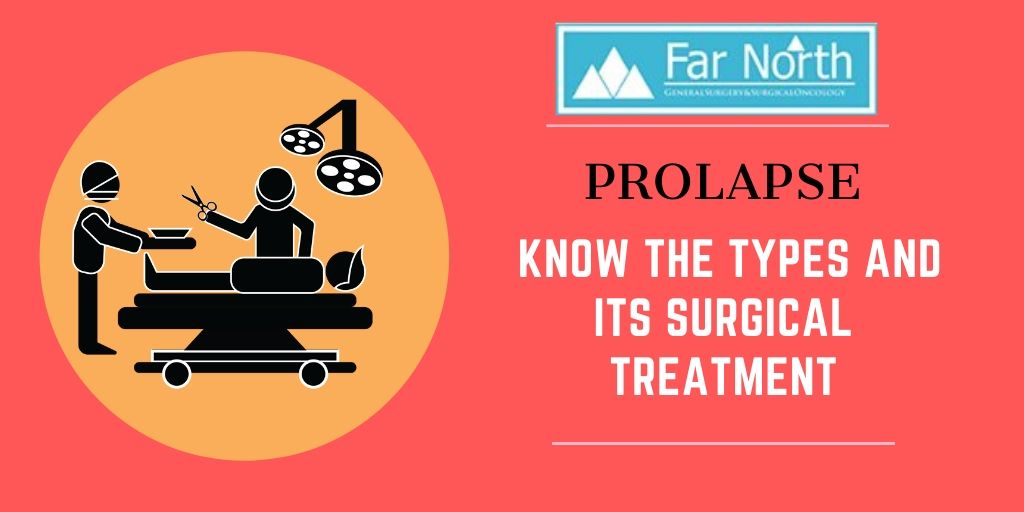


A prolapse is when a tissue or organ slips down from its normal position. People with a prolapse usually do not develop any symptoms and the condition is only discovered during the examination for another issue. In some cases, a prolapse can cause unusual discomfort and decrease the body’s ability to function well.
People with connective tissue disease can develop a prolapse as the disease can weaken the tissues’ attachment points in the body. Multiple pregnancies or delivering a large baby can also contribute to uterine prolapse.
Read more to learn about prolapses and its surgical treatment.
Many organs in the body can prolapse from their actual positions, which include:
Uterine prolapse is when the uterus drops down into the vagina and possibly out of the body. The uterus begins to turn upside down and fall. This can cause problems such as pain and difficulty urinating. Mostly, hysterectomy surgery is required to correct the prolapsed uterus.
Mitral valve prolapse is when abnormalities are found in the mitral valve structure. A condition where the leaflets of the mitral valve are long or the opening of the valve is not closed tightly can cause mitral valve prolapse.
A prolapse can be corrected with the following surgeries:
The obliterative surgery is performed to narrow or close a part or all of the vagina. This surgery is intended to provide additional support to the organs that have dropped down from their actual position and are bulging into the vagina. This surgery is only done if you are not healthy enough to undergo a bigger operation to correct the problem.
This surgery is required to repair the pelvic floor and restore organs to their normal position. It can be performed laparoscopically or as an open operation.
Your doctor can perform any of the following reconstructive surgeries to restore the function and appearance of your pelvic organs.
This procedure is performed to strengthen and tighten the tissue that holds the pelvic organs in position. The anterior surgical procedure is followed when the bladder moves and presses against the front of the vagina. The posterior method is used when the rectum falls and pushes into the back of the vagina. This reconstructive surgery is also done through the vagina by using your own tissues or a vaginal mesh.
During the procedure, a mesh is placed under the vaginal skin to lift sagging pelvic organs into their actual position.
This procedure is followed to provide more support to the vaginal vault or uterus. Vaginal mesh or your tissue can be used to correct the sagging organs. During the procedure, a small incision is made in the vagina and the vagina vault is attached to a ligament in the pelvis using stitches. These stitches either dissolve with time or stay permanent.
Surgical mesh is used during these procedures to correct the prolapsed organs. Sacrohysteropexy is used to correct a prolapsed uterus while sacrocolpopexy is used to repair a prolapsed vaginal vault. These procedures can be performed as an open operation and laparoscopically.
Both the obliterative and reconstructive surgeries can help you overcome the prolapse problem. However, discuss the surgical treatments with your doctor, as abdominal surgery takes longer to recover from than vaginal surgery.